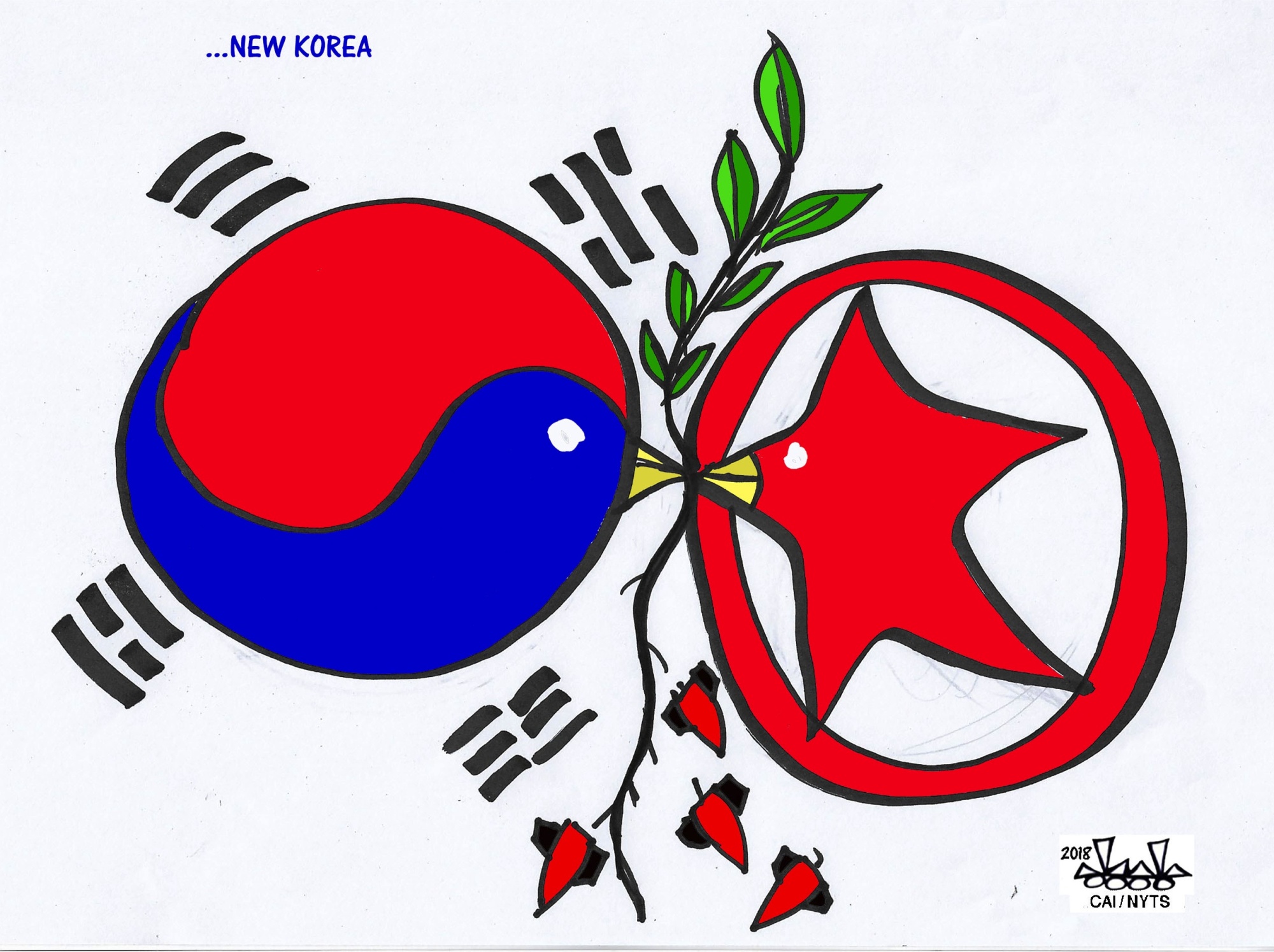The Korean War is 68 years old. Despite a ceasefire in effect since 1953, the heavily militarized border is still patrolled by soldiers, ringed with barbed wire and covered in land mines. Almost seven decades of containing, isolating and embargoing North Korea have demonstrably failed. It is time to pause and reconsider. South Korean President Moon Jae-in's dogged optimism and U.S. President Donald Trump's unconventional diplomacy might be just the synergetic mix required to shake things up.
A diplomatic road map to resolving the nuclear dilemma is required because a permanently nuclear-armed North Korea is unacceptable in principle, would trigger a proliferation cascade across the region, contains too many grave risks, but cannot be stopped by military means. The pathways to a war include an escalation spiral triggered by the policy of brinkmanship by Trump and North Korean leader Kim Jong Un. Or there could be a variant of the accidental route to a nuclear war imagined by Jeffrey Lewis in The 2020 Commission Report.
A second Korean war would be catastrophic. With only a low probability of success in eliminating North Korea's nuclear assets, it would entail substantial risks of escalating vertically and horizontally. The death toll could be anything from 30,000 to 25 million dead, depending on the weapons used, the duration of the conflict and the spread to other countries in the region.


















With your current subscription plan you can comment on stories. However, before writing your first comment, please create a display name in the Profile section of your subscriber account page.